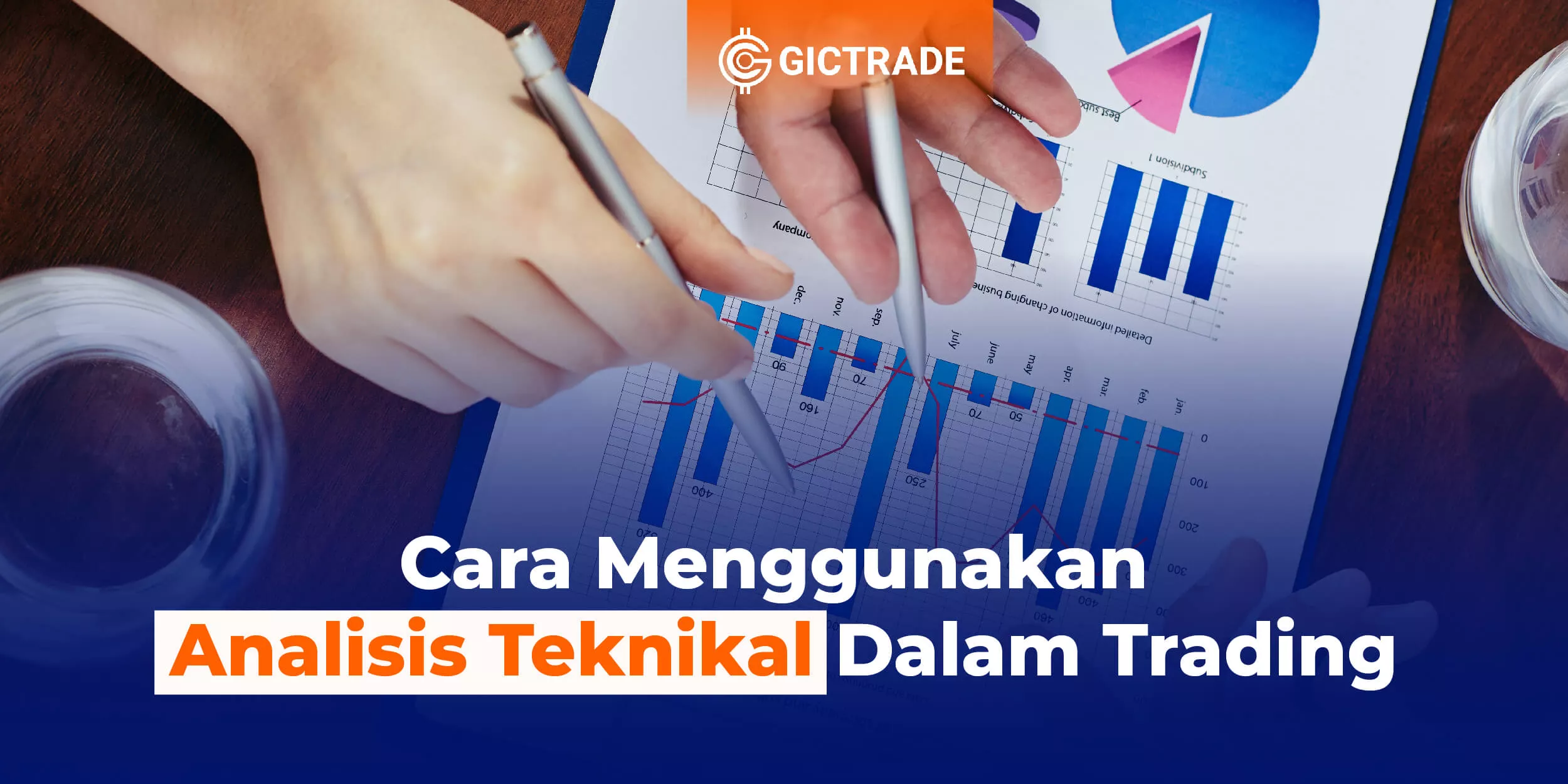.webp)
Table of Contents
- How to Use Technical Analysis in Trading
- FAQs
- 1. What is technical analysis in trading?
- 2. How do you use candlestick charts in technical analysis?
- 3. What is the difference between an uptrend and a downtrend?
- 4. How do you set stop loss and take profit?
- 5. Can technical analysis be used for all financial instruments?
- 6. How can I learn more about technical analysis?
- Conclusion
How to Use Technical Analysis in Trading
Technical analysis is a method used in trading to analyze historical price and volume data of a financial instrument. Here are the steps to use technical analysis in trading:
1. Understanding Price Charts
Before using technical analysis, it’s important to understand price charts. Price charts show the price movement of a financial instrument over time. Common chart types include line charts, bar charts, and candlestick charts. Each chart type has its own advantages and disadvantages. In technical analysis, candlestick charts are often used as they provide more detailed information about price movements.
2. Identifying Patterns and Trends
Patterns and trends are essential components in technical analysis. Traders use patterns and trends to identify potential trading opportunities. Common patterns include "head and shoulders," "double top," and "double bottom."
3. Using Technical Indicators
Technical indicators are tools used in technical analysis to assist traders in making trading decisions. Various technical indicators are available, such as Moving Averages, RSI (Relative Strength Index), and MACD (Moving Average Convergence Divergence). Each indicator has different functions and interpretations. Traders can use the technical indicators that match their trading style to confirm identified patterns and trends.
4. Determining Support and Resistance Levels
Support and resistance levels are price levels where prices tend to reverse direction or stop moving within a trend. Traders can use support and resistance levels to determine entry and exit points in trading.
5. Setting Stop Loss and Take Profit
Stop loss and take profit are orders used in trading to limit risk and capture profit. A stop loss is an order to sell a financial instrument if it reaches a predetermined level, limiting losses.
6. Combining with Fundamental Analysis
In addition to using technical analysis, traders can also combine fundamental analysis in trading. Fundamental analysis involves researching economic, political, and news factors that may affect the price of financial instruments. By combining technical and fundamental analysis, traders can gain a more comprehensive perspective in making trading decisions.
|
Also Read : Tips for Using Terms in Trading to Increase Profits |
FAQs
1. What is technical analysis in trading?
Technical analysis in trading is a method used to analyze the historical price movement of a financial instrument to predict future price movements.
2. How do you use candlestick charts in technical analysis?
Candlestick charts provide detailed information about price movements. Each candlestick represents the opening, closing, high, and low price range within a specific period. By studying candlestick patterns and formations, traders can identify signals of price trend reversals or continuations.
3. What is the difference between an uptrend and a downtrend?
An uptrend occurs when prices overall increase over time, while a downtrend occurs when prices overall decrease over time. Identifying uptrends and downtrends is important in technical analysis as it helps traders determine the trading direction.
4. How do you set stop loss and take profit?
Stop loss and take profit can be set by determining price levels that act as risk limits and profit targets. A stop loss is the price level where a trader will sell the financial instrument if the price moves against their position. A take profit is the price level where the trader will sell the instrument to capture profit.
5. Can technical analysis be used for all financial instruments?
Yes, technical analysis can be used for various financial instruments, such as stocks, forex, commodities, and indices. However, each financial instrument may have unique characteristics, so it's essential to understand them before applying technical analysis.
6. How can I learn more about technical analysis?
To learn more about technical analysis, you can take trading courses, read books on technical analysis, or join trading communities that offer valuable insights and experience.
Want to Maximize Your Trading Profits Quickly? Join GICTrade Now!
Not familiar with GIC? Let's get acquainted. Unlike other conventional brokerage firms, GIC through the GICTrade platform provides a solution for traders who do not want to be burdened with high trading costs.
GICTrade is a peer-to-peer trading platform that brings together traders and market makers.
Traders will benefit from the absence of commission fees and swap fees as well as low spreads because there are market makers as liquidity providers.
You can also join the trader community on the GICtrade Telegram to ask fellow traders directly about their trading experiences. In addition, on GIC YouTube, traders can also learn trading for free! What are you waiting for?
Conclusion
How to use technical analysis in trading can be an effective tool for achieving maximum profit. By understanding price charts, identifying patterns and trends, using technical indicators, determining support and resistance levels, setting stop losses and take profits, and combining fundamental analysis, traders can make more informed trading decisions and get the expected profits. It is important to continue learning and honing your technical analysis skills to become a successful and profitable trader.
 Last:
Last: 







